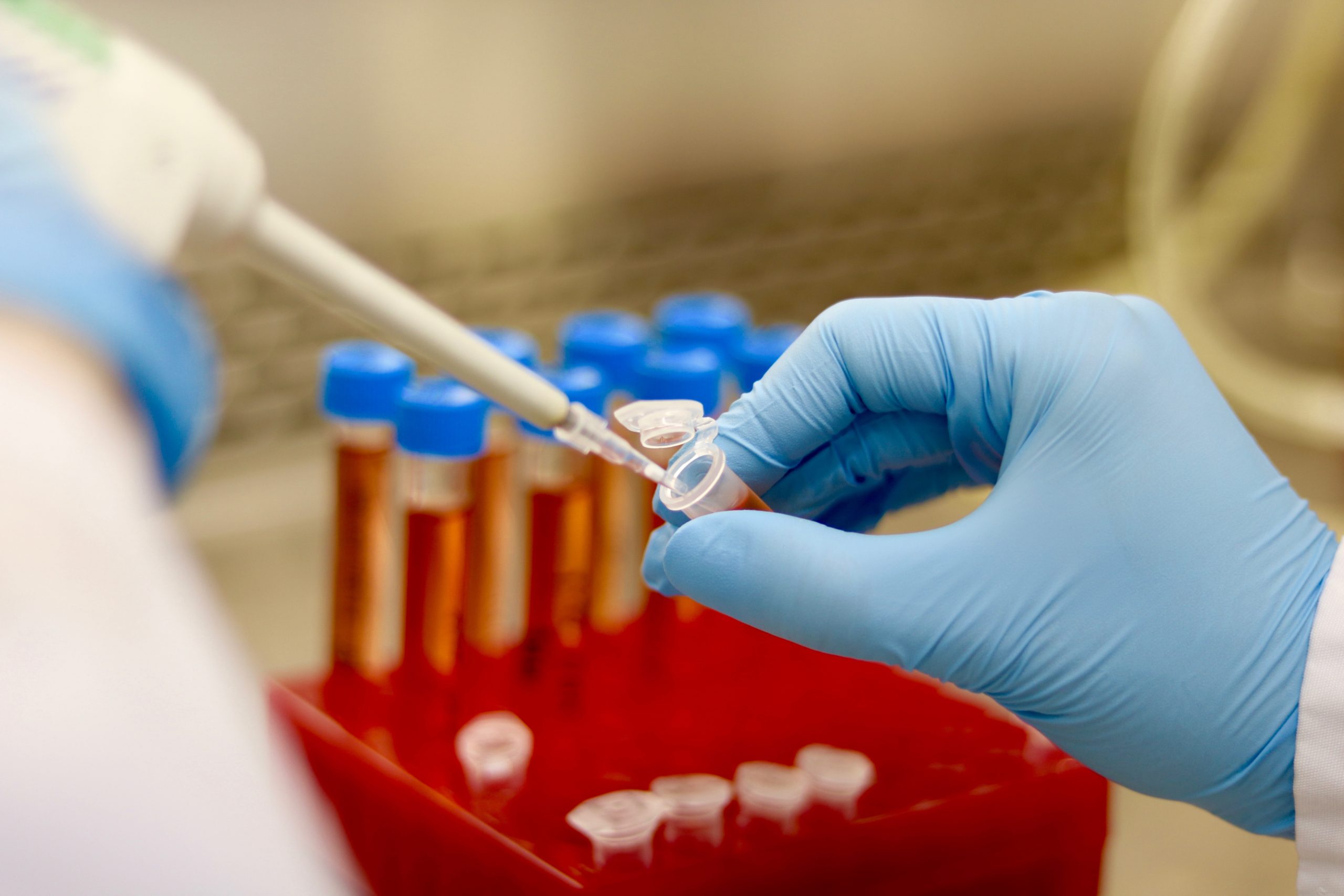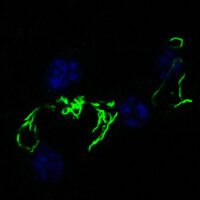The Tufts Lyme Initiative has received an anonymous $1.2 million dollar gift to fund discovery of new therapeutics for Lyme disease. The goal of this project is to develop narrow spectrum antibiotics that can be used for prevention of Lyme disease. A narrow spectrum drug (i.e. one that is active against “only” the Lyme bacterium and not other bacteria) has the advantage of not leading to the development of resistance in other bacteria (because they are already resistant!!) and minimizing disturbance of the natural microbiomes. A narrow spectrum antibiotic could be used in reservoir targeted applications to eradicate Lyme disease in the wild, as a prophylactic agent in humans that could be taken before high risk situations or in trials of (very) long term treatment for chronic Lyme disease. This project is a collaboration between Dr. Linden Hu, Dr. Peter Gwynne, Dr. Bree Aldridge and Dr. Maha Farhat (Harvard). The team will be performing traditional drug screens of large compound libraries and feeding the information into a machine learning/artificial intelligence algorithm to perform “virtual” screens of much larger “libraries” to identify agents that kill the Lyme bacteria, do not kill other bacteria and are safe for humans. Then using a multi-omic approach developed by Dr. Aldridge, they will determine mechanisms of action of these drugs and identify potential drug synergies.








